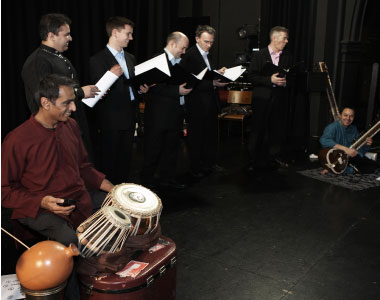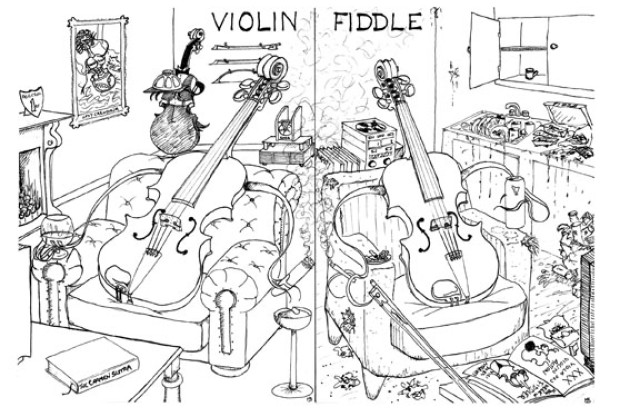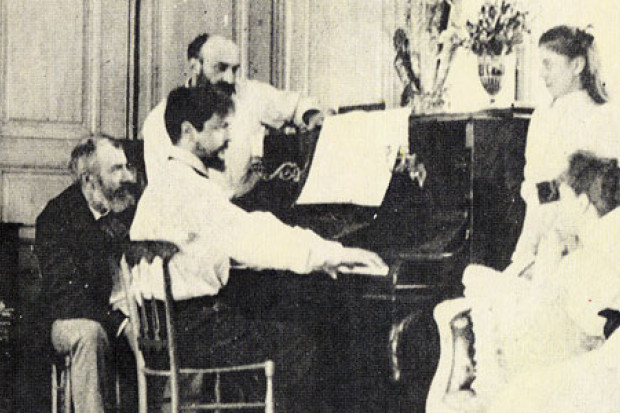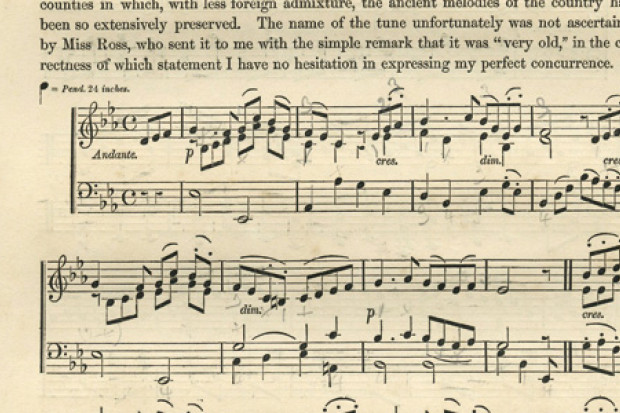
Mantra

Kuljit Bhamra, Shahid Khan, the Orlando Consort and Jonathan Mayer
Described as ‘musical conversations across the Indian Ocean’, Mantra is a new work cultivated by the National Centre for Early Music (York) which combines sixteenth-century Indian and Portuguese music. The work will be performed by the Orlando Consort choir with Kuljit Bhamra (tabla), Jonathan Mayer (sitar) and Shahid Khan (voice) on a Britain-wide tour. The music dates from the early 1500s, when Portuguese missionaries landing in Goa brought Western music to the East.
An educational scheme is accompanying the tour, which will result in a teaching resource, which will later be available to download from the NCEM website. ncem.co.uk
Kuljit Bhamra says
‘Mantra is an acoustic performance without amplification. Usually, in an orchestral environment, I find that my tablas need to be amplified locally so that I can hear myself amidst the power of the sixty or so musicians. However, it is a real joy to be able to perform in an ensemble that is “naturally balanced”. Also, I recently created a project to develop a universal tabla notation system, and I am pleased that some of the pieces created by us use this sytem. This allows future ensembles to perform our repertoire.’
Angus Smith says
‘Our traditions come from entirely different starting points. The Orlando Consort generally works from modern editions of old music; while we are generally very good at being able to read and sing almost anything at sight, we are lamentable at learning anything off by heart. Kuljit, Jonathan and Shahid’s music comes from what is very much an oral tradition. While Kuljit and Jonathan both read music and, indeed, are composers, Shahid has been working by improvising and then committing everything to memory.
‘The music lends itself very naturally to working with children and students of all ages. We deal with material that is simple which can nevertheless be turned into something quite complex if so desired. Medieval music effectively starts with the birth of melody, rhythm and harmony and it is possible to construct beautiful pieces based on the most basic elements of these. Similarly, Indian music can sometimes start from the smallest ideas.’
Published on 1 June 2009














